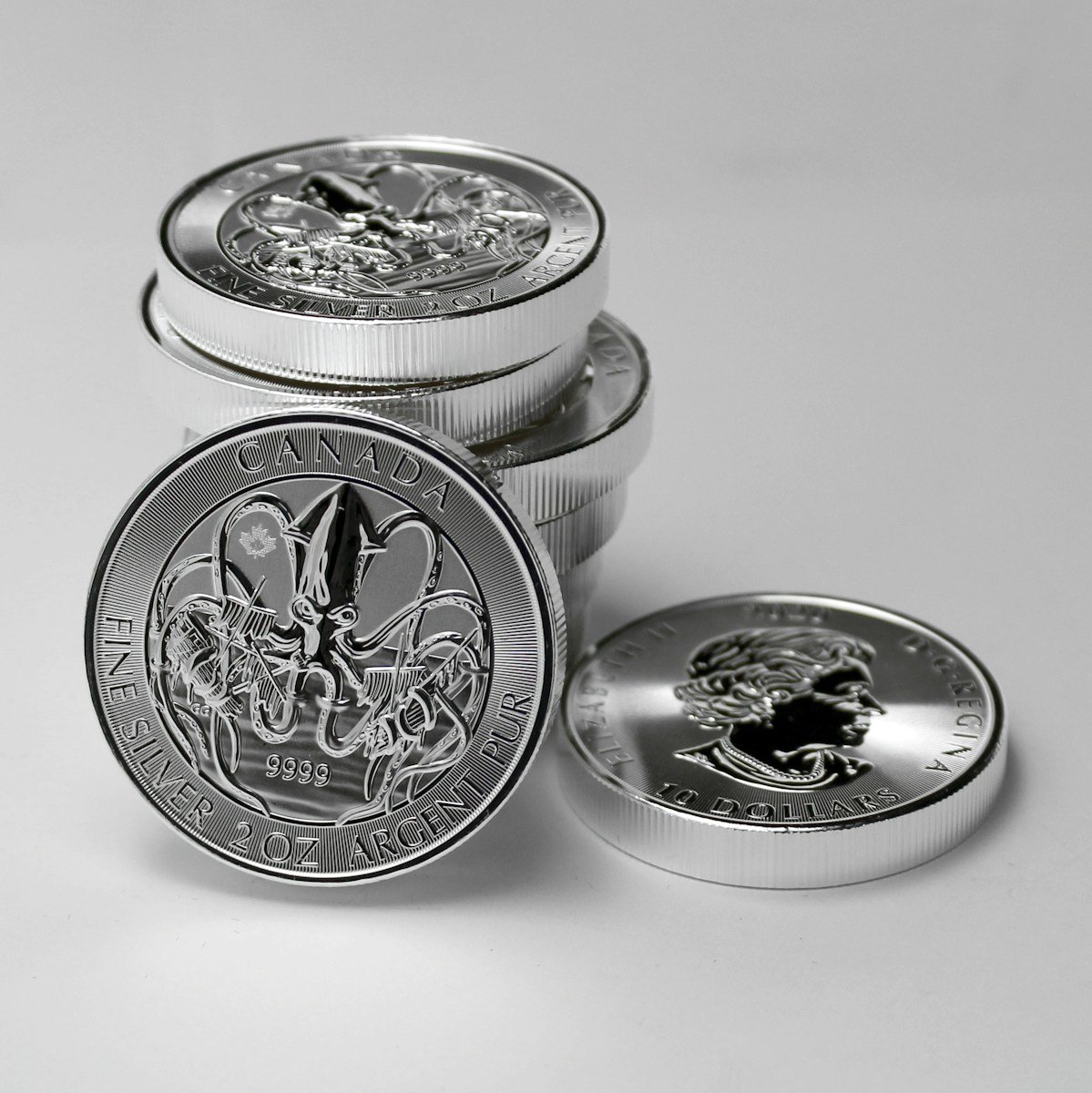The significance of precious metals cannot be overstated. Gold, for instance, has been a universal symbol of wealth and a reliable store of value for thousands of years. Silver, on the other hand, has found widespread applications in industries ranging from electronics to medicine, thanks to its exceptional conductivity and antimicrobial properties. Platinum and palladium, though less well-known, are indispensable in catalytic converters, fuel cells, and various high-tech applications.
Table of Contents
Defining Precious Metals
Precious metals are rare, naturally occurring metallic elements that possess exceptional physical and chemical properties, making them highly valuable and sought-after. These metals are characterized by their lustrous appearance, high density, and resistance to corrosion and oxidation. The term “precious” is derived from their relative scarcity, historical significance, and intrinsic value.
Types of Precious Metals
While there are several rare and valuable metals, the four primary precious metals are:
- Gold (Au): Known for its distinctive yellow color, malleability, and resistance to tarnishing, gold has been prized for its beauty and value throughout human history.
- Silver (Ag): Highly conductive and reflective, silver has numerous industrial applications, as well as a long-standing role in coinage, jewelry, and silverware.
- Platinum (Pt): Rarer than gold, platinum is dense, highly resistant to corrosion, and essential in various catalytic processes and high-temperature applications.
- Palladium (Pd): A member of the platinum group metals, palladium is widely used in catalytic converters, electronics, and hydrogen purification.
Properties of Precious Metals
Precious metals possess a unique combination of physical and chemical properties that contribute to their value and diverse applications:
| Property | Gold | Silver | Platinum | Palladium |
|---|---|---|---|---|
| Density (g/cm³) | 19.32 | 10.49 | 21.45 | 12.02 |
| Melting Point (°C) | 1064.18 | 961.78 | 1768.3 | 1554.9 |
| Electrical Conductivity | Good | Excellent | Good | Good |
| Corrosion Resistance | Excellent | Good | Excellent | Excellent |
These unique properties make precious metals invaluable in various applications, from jewelry and investment to industrial processes and emerging technologies.
Uses of Precious Metals
Precious metals have found widespread applications across diverse industries due to their remarkable properties. Here are some of the key uses:
- Jewelry and Decorative Arts: Gold, silver, and platinum have been prized for their beauty and used in jewelry, watches, and decorative objects for centuries.
- Investment and Financial Markets: Gold, silver, platinum, and palladium are popular investment vehicles, serving as a hedge against inflation and economic uncertainties.
- Industrial Applications: Silver is widely used in electronics, batteries, and solar panels due to its excellent electrical conductivity. Platinum and palladium are essential in catalytic converters, fuel cells, and chemical processes.
- Medicine and Healthcare: Silver has antimicrobial properties and is used in wound dressings and medical devices. Platinum compounds are used in cancer treatments and chemotherapy drugs.
- Automotive Industry: Palladium and platinum are crucial components in catalytic converters, reducing harmful emissions from vehicles.

Investing in Precious Metals
Precious metals have long been considered a safe-haven investment, offering portfolio diversification and a hedge against market volatility and inflation. There are several ways to invest in precious metals, including:
- Physical Bullion: Buying and holding physical bars, coins, or rounds of precious metals is a direct way to invest.
- Exchange-Traded Funds (ETFs): Precious metal ETFs allow investors to gain exposure to the price movements of precious metals without physical possession.
- Mining Stocks: Investing in shares of precious metal mining companies can provide exposure to the precious metals industry.
- Futures and Options: Futures and options contracts offer leverage and the ability to speculate on precious metal prices.
It’s important to conduct thorough research, understand the risks, and consult with financial advisors before investing in precious metals.
Additional Resources and Further Reading
For those interested in exploring precious metals in greater depth, here are some recommended resources:
- World Gold Council – A comprehensive resource on gold, including market data, investment information, and industry insights.
Practical Tips and Actionable Advice
Whether you’re interested in investing, collecting, or simply appreciating the beauty of precious metals, here are some practical tips and actionable advice:
- Understand Your Investment Goals: Determine your investment objectives, risk tolerance, and time horizon before allocating funds to precious metals.
- Diversify Your Portfolio: While precious metals can provide diversification, it’s important not to overconcentrate your portfolio in a single asset class.
- Research and Stay Informed: Stay up-to-date with market trends, news, and analysis to make informed decisions about buying, selling, or holding precious metals.
- Consider Storage and Security: If investing in physical bullion, ensure proper storage and security measures to protect your assets.
- Explore Precious Metal Exchange-Traded Funds (ETFs): ETFs can provide exposure to precious metals without the need for physical storage and offer liquidity and diversification benefits.
- Consult with Professionals: If you’re new to investing in precious metals, consider seeking advice from financial advisors or experienced investors to guide your decisions.
Conclusion
Precious metals have captivated humanity for millennia, transcending their role as mere commodities and becoming symbols of wealth, beauty, and technological advancement. From the timeless allure of gold jewelry to the cutting-edge applications of platinum and palladium in modern industries, these rare elements continue to shape our world in profound ways.
Whether you’re an investor seeking a haven from market volatility, a collector appreciating the beauty of precious metals, or a researcher exploring their unique properties, this comprehensive guide has provided insights into the fascinating world of precious metals. Remember, staying informed, diversifying your investments, and seeking professional advice are crucial steps in navigating this dynamic and valuable domain.
As you embark on your journey into the world of precious metals, embrace their rich history, appreciate their intrinsic value, and stay curious about their ever-evolving roles in our lives.










